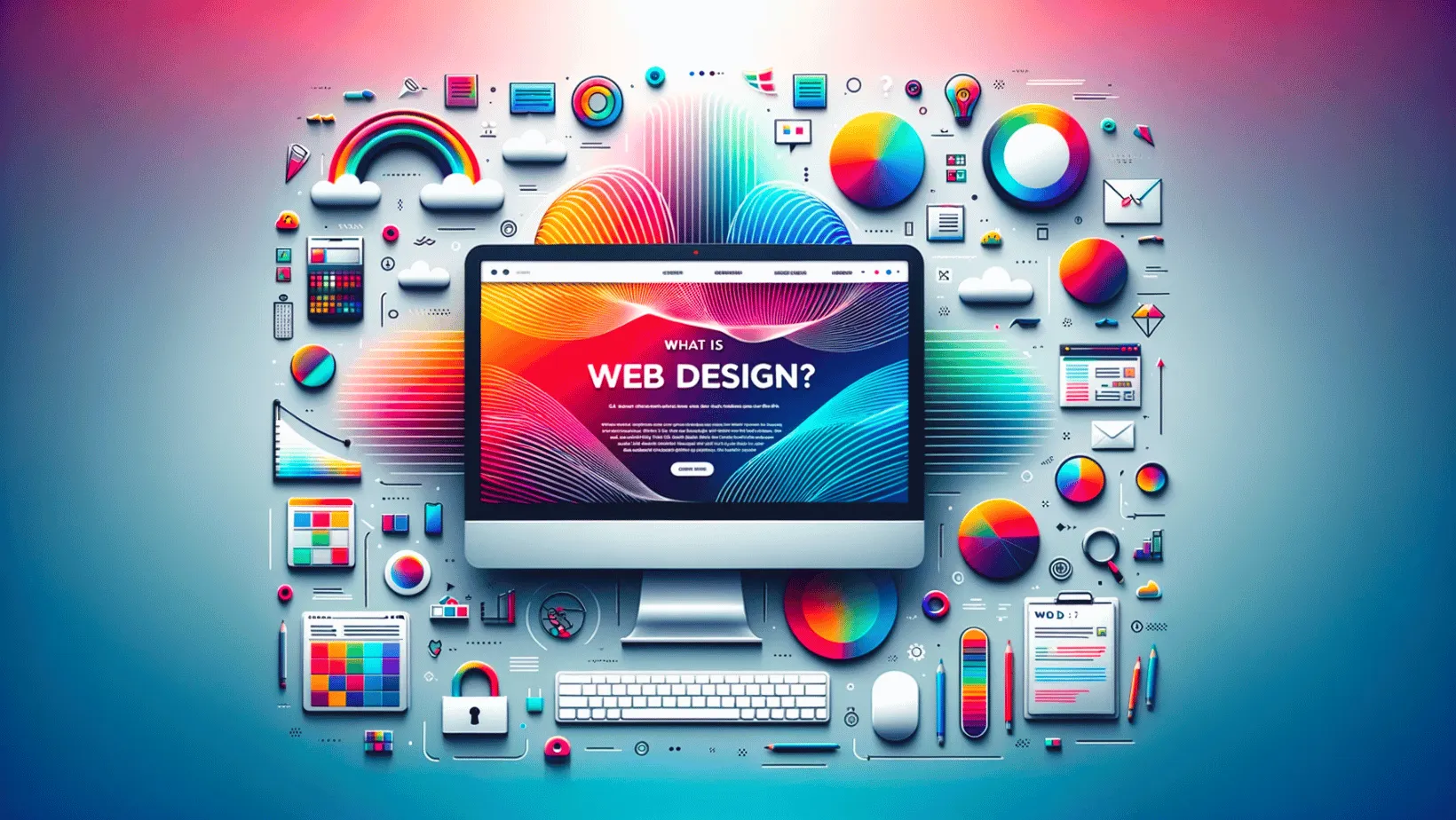The Role of Responsive Web Design in Reaching a Broader Audience
The Role of Responsive Web Design in Reaching a Broader Audience
Blog Article
Exactly How Efficient Web Layout Can Boost Individual Experience and Conversions
In the significantly competitive digital landscape, efficient internet design plays a pivotal role in boosting individual experience and driving conversions. As we explore the essential elements that contribute to effective internet layout, it comes to be apparent that the effect on user satisfaction and conversion prices is profound.
Relevance of User-Centric Layout
In the realm of web design, prioritizing user-centric design is critical for producing reliable digital experiences. This technique concentrates on understanding the requirements, choices, and behaviors of customers, making certain that electronic interfaces are obtainable and intuitive (Web design). By incorporating customer feedback right into the design process, internet designers can craft experiences that reverberate with their target market, ultimately bring about increased interaction and contentment
User-centric layout stresses usability, which is crucial for decreasing and maintaining individuals bounce rates. When customers can navigate a web site effortlessly, they are a lot more likely to discover its web content and transform into consumers.

Crucial Element of Effective Design
Effective format works as the foundation of user-centric website design, translating individual needs right into visual frameworks that help with communication. An efficient design prioritizes web content through a clear pecking order, guiding users' eyes to important details. This power structure is commonly developed making use of shade, dimension, and spacing, guaranteeing that critical elements attract attention.
An additional key component is using whitespace, which avoids overcrowding and enhances readability. Web design. Whitespace enables components to breathe, making the total layout appear cleaner and easier to navigate. In addition, consistency in style components, such as colors and fonts, promotes experience and depend on, allowing customers to browse the site with better ease
Grid systems can additionally be invaluable, providing a framework that straightens material rationally and cosmetically. This alignment enhances the customer experience by creating a structured aesthetic circulation. In addition, adaptability in layout-- like receptive design-- guarantees that sites do well throughout various tools, accommodating diverse individual choices.
Ultimately, an efficient layout not only captivates users however additionally urges them to engage even more deeply, ultimately driving conversions and satisfying company objectives. By concentrating on these crucial elements, developers can produce designs that resonate with customers and improve their total experience.
Navigational Best Practices
Intuitive and clear navigating is vital for boosting customer experience on an internet site. A well-structured navigating system allows individuals to discover information rapidly, which directly impacts their contentment and possibility of conversion - Web design. Applying an ordered structure is important; use groups and subcategories that rationally group related content, making it much easier for site visitors to explore
Uniformity in navigating elements is likewise essential. Make sure that buttons, links, and food selections keep uniformity in style, color, and positioning across all pages, providing users with a familiar structure as they browse. Furthermore, utilize descriptive labels for navigating products. Rather than generic terms, select clear labels that properly reflect the web content, aiding users in making notified choices.

Mobile Responsiveness and Accessibility

Availability, on the other hand, focuses on making sites usable for individuals with click resources handicaps. This consists of sticking to guidelines such as the Internet Content Ease Of Access Standards (WCAG), which attend to problems like color comparison, text size, and keyboard navigation. By implementing these requirements, web designers can produce inclusive experiences that cater to a more comprehensive target market, thereby improving customer engagement and contentment.
In addition, mobile responsiveness and ease of access not just boost customer experience yet also favorably influence internet search engine rankings. Search engines prioritize mobile-friendly and available websites, making them much more likely to show up in appropriate search outcomes. Spending in these aspects of web design not only fulfills individual demands however also contributes to general business success via increased visibility and improved conversion prices.
Measuring Success With Analytics
Tracking customer communications and behaviors through analytics is important for examining the success of a website. By leveraging tools such as Google Analytics, organizations can gather important information that exposes just how individuals involve with their website. Metrics such as bounce rates, ordinary session duration, and conversion rates supply insights right into customer actions and can highlight locations for renovation.
Recognizing user demographics and website traffic sources even more enhances a site's efficiency. This information enables internet designers to tailor content and style aspects to better meet the demands of their target audience. Additionally, tracking details individual trips aids determine possible traffic jams in the conversion channel, allowing organizations to enhance their website design as necessary.
Frequently reviewing this analytics information is important for continuous renovation. A/B testing different design components can supply concrete evidence of what reverberates with customers, enabling informed choices based upon real-world efficiency. Ultimately, determining success with analytics not just enhances customer experience however additionally drives conversions, making certain that web design initiatives straighten with service objectives. see In an electronic landscape where competitors is fierce, utilizing the power of analytics is essential to preserving a effective and straightforward site.
Conclusion
In conclusion, effective internet layout plays an essential role in improving user experience and driving conversions. By prioritizing user-centric concepts, carrying out essential design aspects, and making sure intuitive navigation, web sites can involve a diverse target market. Mobile responsiveness and availability further add to a seamless communication for all individuals. Inevitably, determining success through analytics allows for continual renovation, making sure that style techniques continue to be straightened with customer demands, consequently fostering business growth and success.
In the increasingly competitive digital landscape, effective internet style plays an essential function in improving individual experience and driving conversions. By integrating customer feedback right into the layout procedure, internet developers can craft experiences that resonate with their target audience, eventually leading to raised engagement and complete satisfaction.
Ultimately, the importance of user-centric style exists in its capacity to create meaningful communications that drive conversions and foster long-term connections with customers, making it a vital element of successful web style methods.
Inevitably, measuring success with analytics not only improves individual experience however also drives conversions, ensuring that web design efforts line up with service objectives.In final thought, efficient web style plays a crucial duty in boosting individual experience and driving conversions.
Report this page